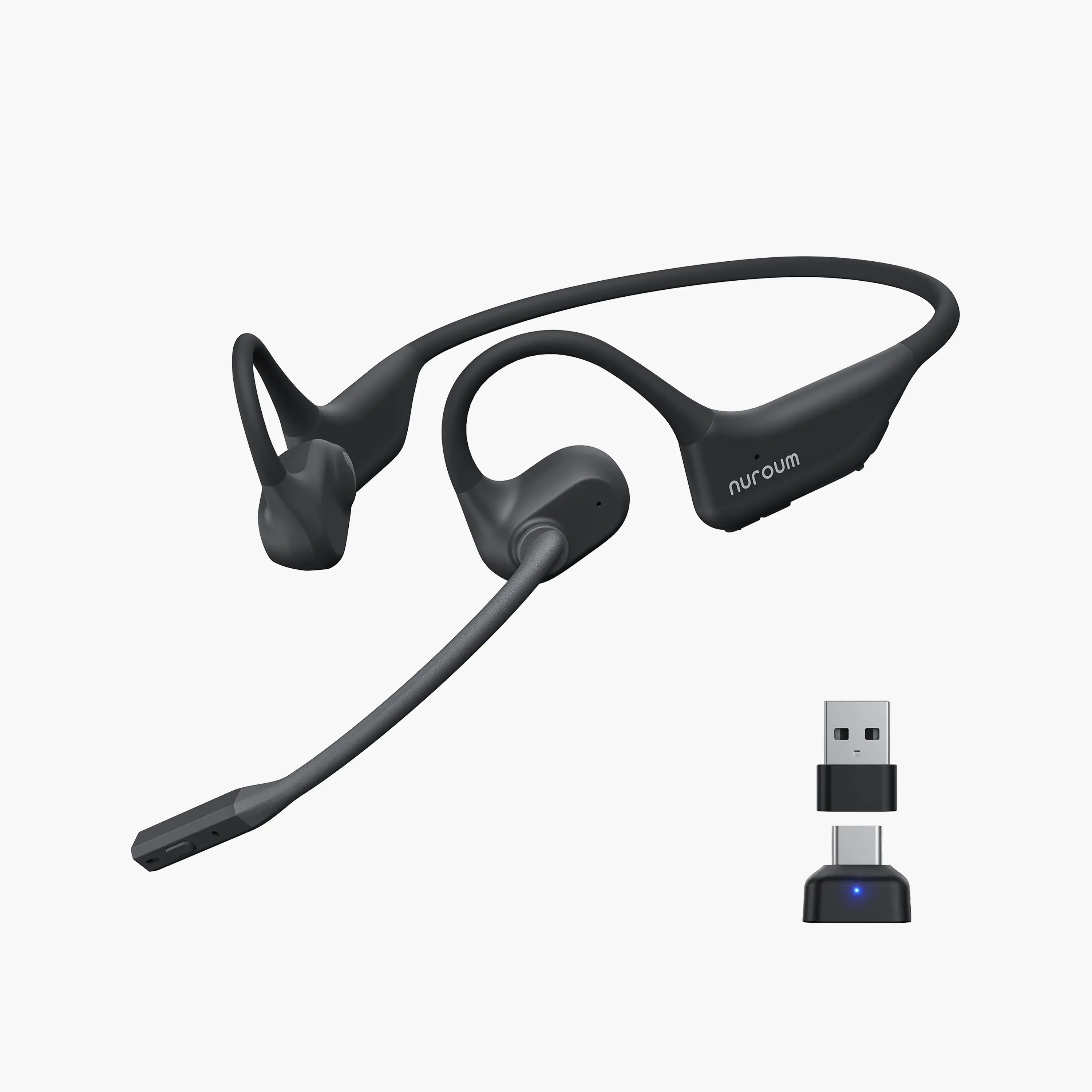In today's fast-paced world, video conferencing has become an integral part of communication for businesses and individuals alike. The ability to connect with colleagues, clients, and friends across different geographical locations has undoubtedly brought numerous benefits. However, like any technology, video conferencing is not immune to glitches, and one common issue that can disrupt the smooth flow of communication is voice echoing.
Imagine this: You are sitting in a video conference room, eagerly participating in a crucial discussion, only to be interrupted by an annoying echo. It starts innocuously, but as more people join the call, the echo amplifies, making it increasingly difficult to understand and engage in meaningful conversation. Frustration mounts, time is wasted, and the effectiveness of the meeting is compromised. Finding solutions to voice echoing is of paramount importance and holds the potential to greatly enhance the quality of video conferences.
In this blog, we will explore effective strategies to fix voice echoing in video conference rooms for the year 2024.

What Is Voice Echoing?
Voice echoing is a common issue encountered during video conferences that can disrupt effective communication. It refers to the phenomenon where participants hear their own voices echoed back to them with a short delay. This echo can be irritating, distracting, and make it challenging to comprehend what others are saying.
To address voice echoing, it is essential to understand its causes and undertake appropriate troubleshooting steps. By identifying and rectifying the underlying issues, we can restore clear and uninterrupted audio in video conferences, ensuring effective communication and maximizing productivity. Stay tuned to learn how you can overcome this frustrating issue.
Why Is My Voice Echoing?
- Audio Feedback
- Audio feedbackoccurs when sound from the speakers' voices is picked up by the microphone and transmitted back, resulting in an echo effect.
- This can happen if the microphone and speakers are too close to each other or if the microphone sensitivity is set too high.
- Inadequate audio device placement or using low-quality equipment can also contribute to audio feedback.
- Acoustic Properties of the Room
- Rooms with hard surfaces, such as glass walls or tiled floors, tend to reflect sound waves, leading to echoes.
- Insufficient sound-absorbing materials, like carpets, curtains, or acoustic panels, can exacerbate reverberations and echo issues.

- Equipment Malfunctions
- Outdated or improperly installed drivers for audio devices may cause signal delays or disruptions, leading to echoing.
- Physical hardware issues, such as faulty cables or damaged microphones, can also introduce echo into the conference room.
- Network Related Issues
- High latency or network congestion can lead to delays in audio transmission, causing participants to hear their own voices echoed back.
By recognizing these potential factors, you can take targeted actions to eliminate echo and ensure crystal-clear audio during video conferences. Continue reading to delve into practical solutions to fix voice echoing, enabling smooth and uninterrupted communication.
How to Fix Voice Echoing in Video Conference Room for 2024
To rectify the voice echoing issues during video conferences, here are some practical solutions:
- Adjust Microphone and Speaker Placement
- Ensure that the microphone and speakers are placed at an adequate distance from each other to prevent audio feedback.
- Set the microphone sensitivity appropriately, ensuring it captures voices without picking up surrounding sounds.
- Improve Acoustic Conditions in the Room
- Use sound-absorbing materials, such as carpets, curtains, or acoustic panels, to minimize sound reflections and echoes.
- Consider rearranging furniture or adding additional soft surfaces to reduce echo-inducing hard surfaces.
- Optimize Audio and Video Equipment
- Use high-quality hardware, such as Nuroum 360 Pro Conference Camera. The Echo Cancellation functionality in Nuroum 360 Pro Conference Camera works meticulously to eliminate unwanted echoes, ensuring that your voice is transmitted crisply and without distortion. This advanced technology intelligently identifies and suppresses echo-producing elements, creating a more immersive and echo-free conferencing experience. With Nuroum 360 Pro Conference Camera, you can trust that your virtual meetings will be free from disruptive echoes, allowing participants to focus on the conversation at hand.
- Regularly update drivers and software for audio devices to ensure optimal compatibility and performance.
- Enhance Network Connectivity
- Use a reliable high-speed internet connection with adequate bandwidth to maintain seamless audio transmission.
- Reduce network congestion by minimizing background downloads/uploads during video conferences.
By implementing these solutions and using cutting-edge audio equipment like Nuroum 360 Pro Conference Camera, you can significantly improve the audio experience and eliminate voice echoing during video conferences.
Conclusion
In conclusion, addressing voice echoing in video conference rooms is crucial to ensure clear communication and productive virtual meetings. By implementing the suggested solutions, you can significantly reduce or eliminate voice echoing. Additionally, utilizing high-quality devices like Nuroum 360 Pro Conference Camera can further enhance the audio experience and mitigate the occurrence of voice echoing.
For more information, we encourage you to visit Nuroum. With our advanced technology and commitment to audio excellence, Nuroum can be a valuable resource for resolving voice echoing issues and improving the overall quality of your video conferences.













































